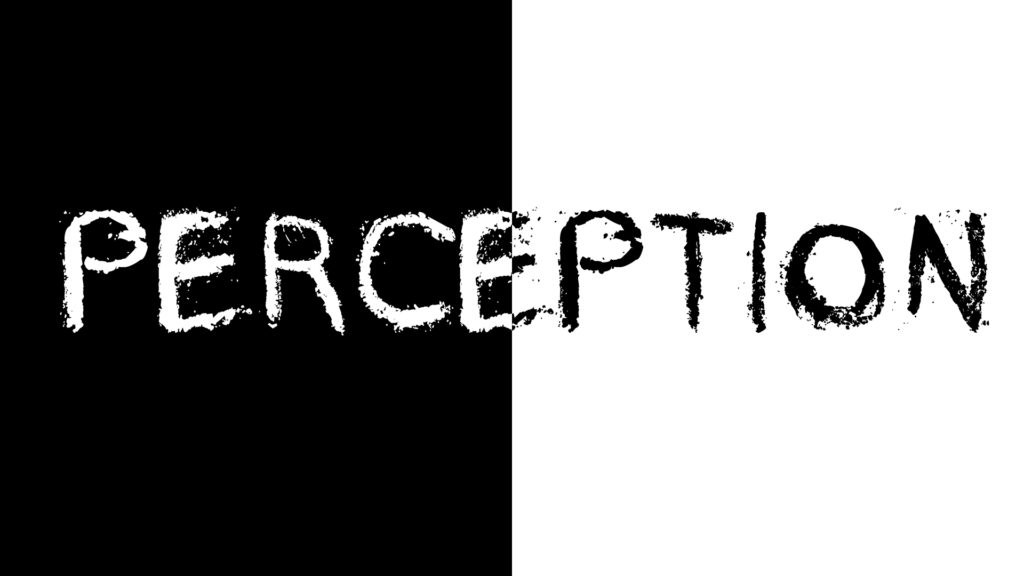Education – Business Marketing: Consumer Behavior

The three aspects are perception; selection, organization, and interpretation. People are very selective as to which stimuli they “are familiar with.” They subconsciously categorize the stimuli they do familiar with base to usually held psychological principles. As a matter of fact, they interpret such stimuli subjectively. In accordance with their requirements, prospect and experiences
Customers unintentionally exercise selectivity as to the stimuli they recognize. Which stimuli get selected depends on two main aspects in addition to the nature of the stimulus itself:
• Consumer’s previous experiences
• Consumer’s motives
One experiment, what do you and your friends see as below.
Can You spot 2 items in the pictures?
Which of the legs of the elephant are more obvious to you?
There are 4 significant perceptions concerning selective perception.
Selective exposure
Consumers aggressively search for messages they find agreeable or with which they are concerned. On the other hand, Consumers try to avoid painful or threatening messages.
Selective attention
Consumers have a sensitive unconsciously of the stimuli that meet their needs or interests. People have a lower insentience of stimuli irrelevant to their needs. Individuals vary in terms of the variety of information in which they are concerned and the structure of message and category of medium they desire.
Perceptual Defense
Intimidating or otherwise damaging stimuli are less possibility to be perceived than are neutral stimuli. Individual’s insentience may misrepresent information that is not consistent with their needs, values, and beliefs.
Perceptual Blocking
Individuals screen out massive amounts of advertising by merely “tuning out”.
